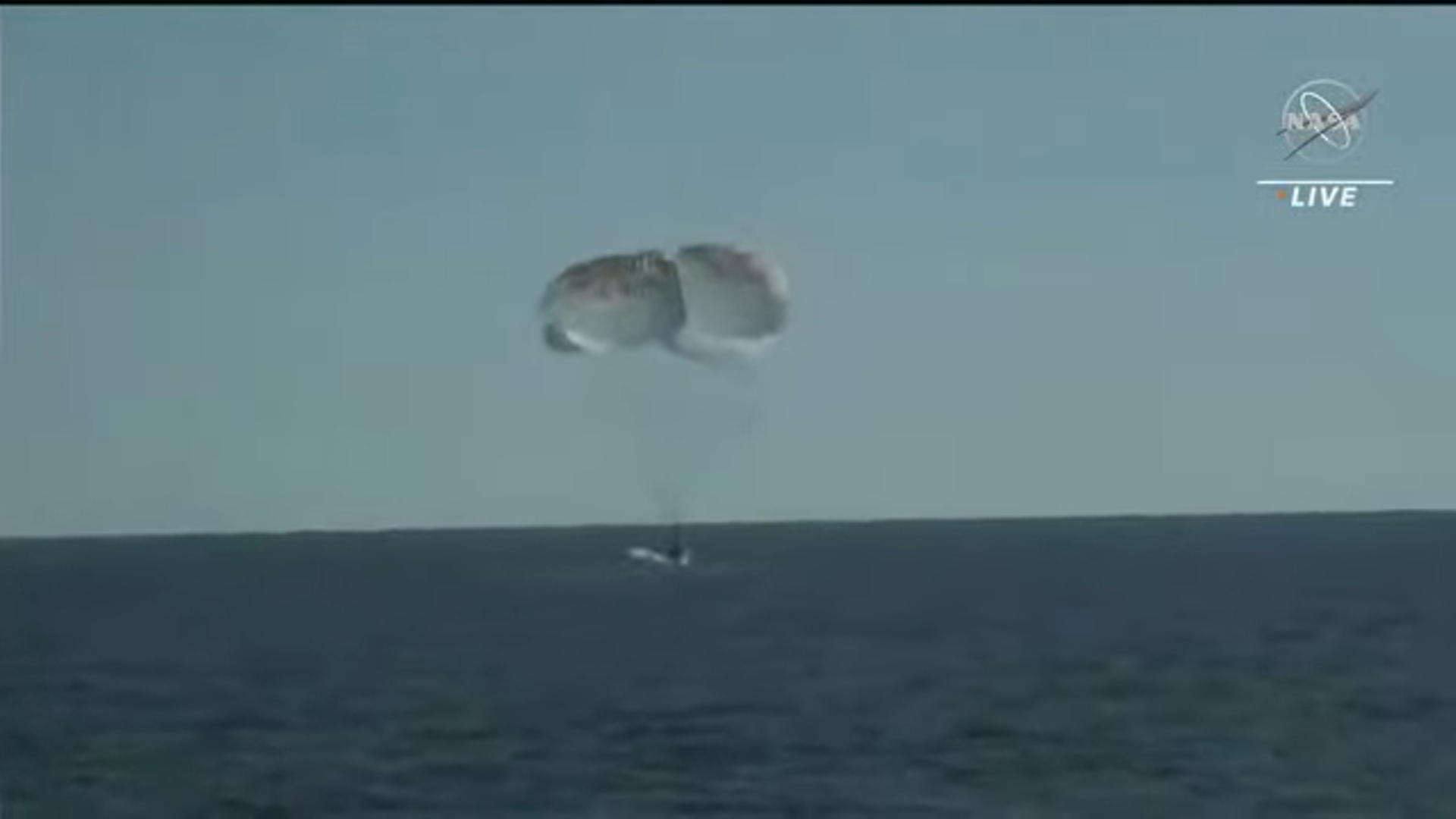
After almost six months in orbit, Dragon Freedom and the Crew-4 astronauts are safely home, having splashed down near Jacksonville, off the Florida Coast at 4:55 p.m. EDT Friday. Commander Kjell Lindgren, Pilot Bob “Farmer” Hines and Mission Specialist Jessica Watkins of NASA, together with Italian astronaut Samantha Cristoforetti—who became the first European woman to command the International Space Station (ISS)—logged more than 170 days in orbit, spanning a research-packed Expedition 67 and 68.
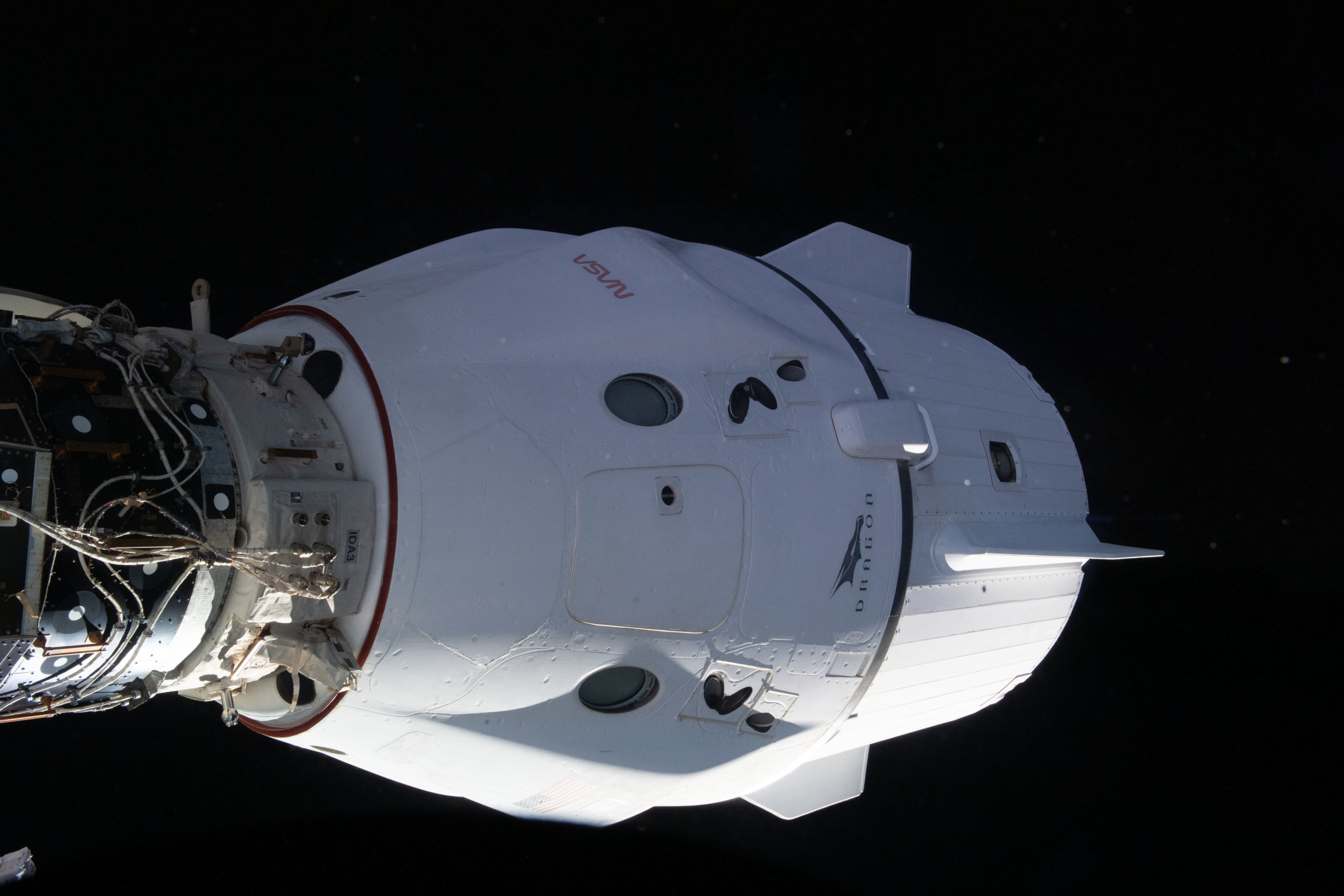
Dragon Freedom’s departure from the sprawling orbital outpost was delayed by several hours from 7:05 p.m. EDT Wednesday to 10:05 a.m. EDT Thursday, then again to 12:05 p.m. EDT Friday. This came in response to a cold front in the Florida area which threatened high winds and rain close to the splashdown location off the Atlantic and Gulf Coasts.
Crew-4 was assembled just last year, with Lindgren and Hines assigned in February 2021 and Cristoforetti joining them the following May, with an expectation that she would rotate into the command of the first part of Expedition 68. This would make Cristoforetti the fourth female astronaut in history—after Peggy Whitson, Suni Williams and Shannon Walker—to helm a space station crew and the first European woman to do so.
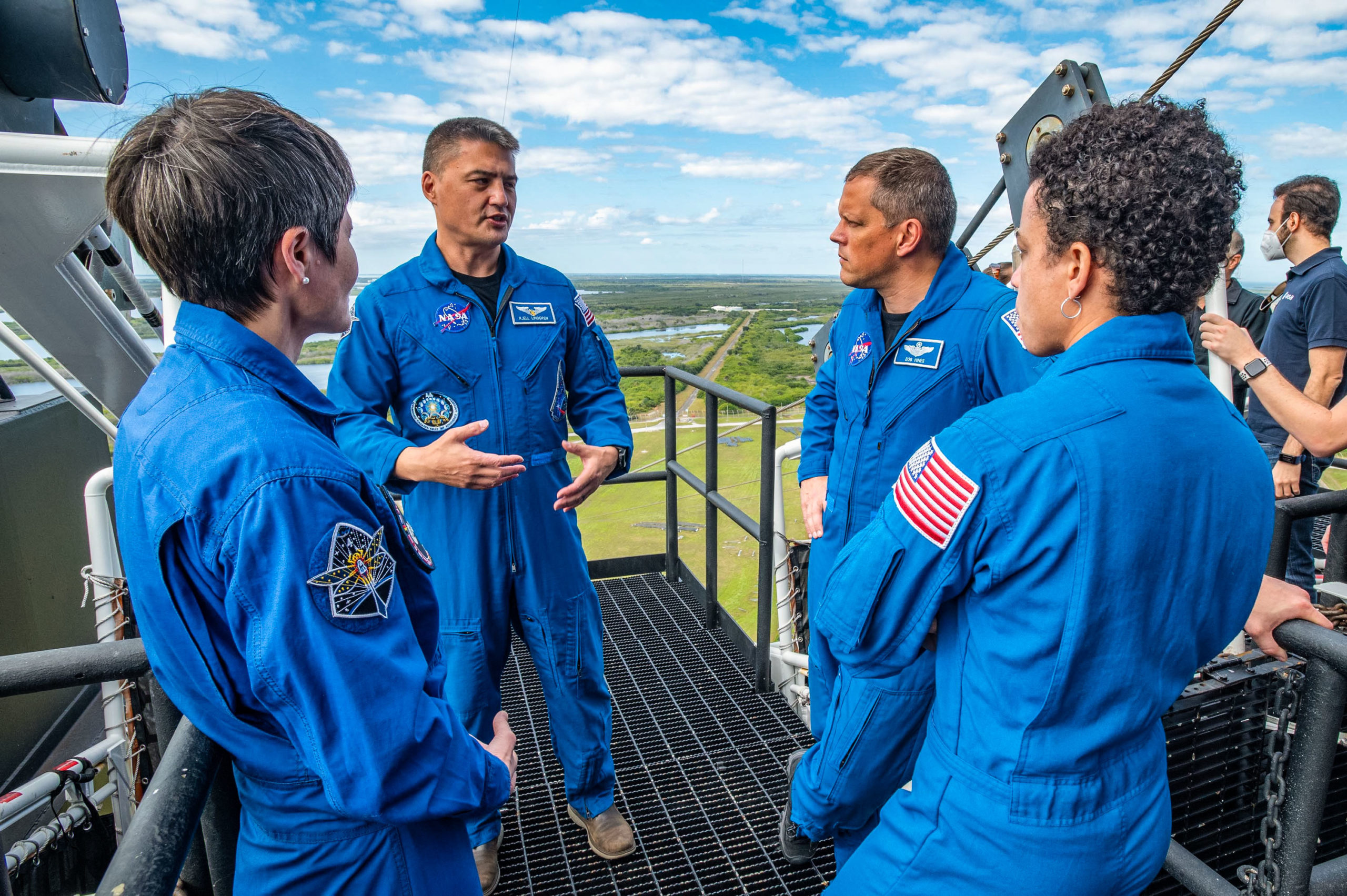
Last October, Watkins was named to round out Crew-4. Both she and Hines are members of NASA’s 2017 class of astronauts, nicknamed the “Turtles”.
The quartet rose to orbit at 3:52 a.m. EDT on 27 April, only days after the safe return to Earth of Mike Lopez-Alegria, Larry Connor, Mark Pathy and Eytan Stibbe from the historic, all-private Ax-1 mission. In doing so, they marked the first time in almost three decades that two U.S. crewed launches had occurred within a single calendar month.
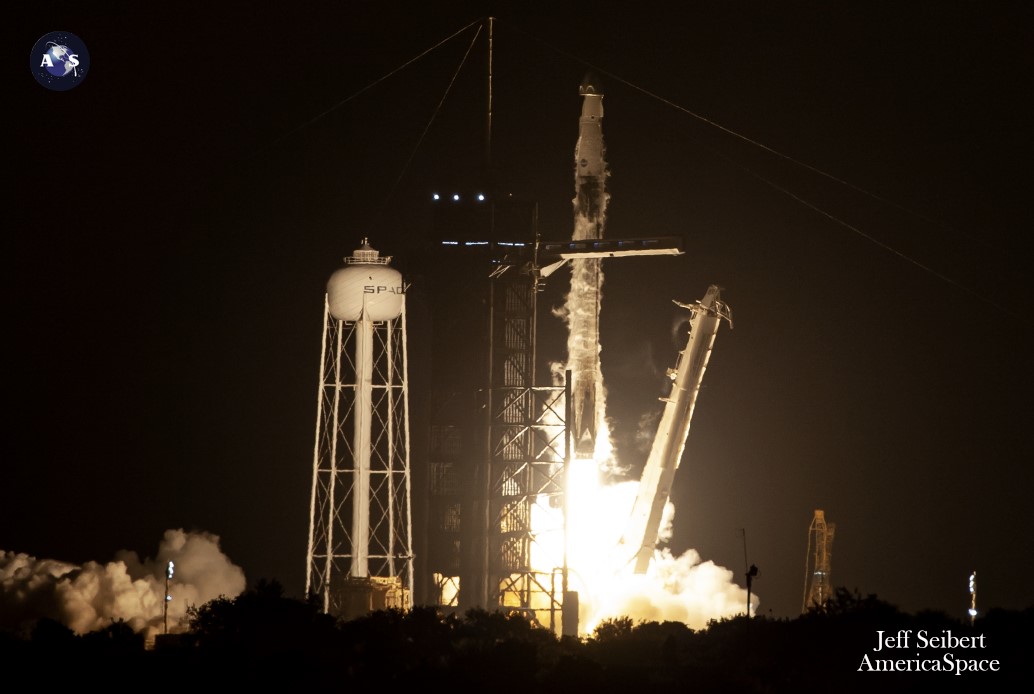
Dragon Freedom, making her first flight, docked smoothly at the ISS at 7:37 p.m. EDT, less than 16 hours after launch, as the two space vehicles soared 261 miles (418 kilometers) above the Pacific Ocean. Lindgren, Hines, Cristoforetti and Watkins were welcomed aboard the station by incumbent Expedition 67 Commander Tom Marshburn, his NASA crewmates Raja Chari and Kayla Barron, Germany’s Matthias Maurer and Russian cosmonauts Oleg Artemyev, Denis Matveev and Sergei Korsakov.
But their time as an “integrated” crew of 11 was short, for on 6 May Chari, Marshburn, Maurer and Barron returned to Earth aboard Dragon Endurance, wrapping up over 176 days in orbit. Command of Expedition 67 passed to veteran cosmonaut Artemyev, who would lead the station through his own crew’s return to Earth late in September.
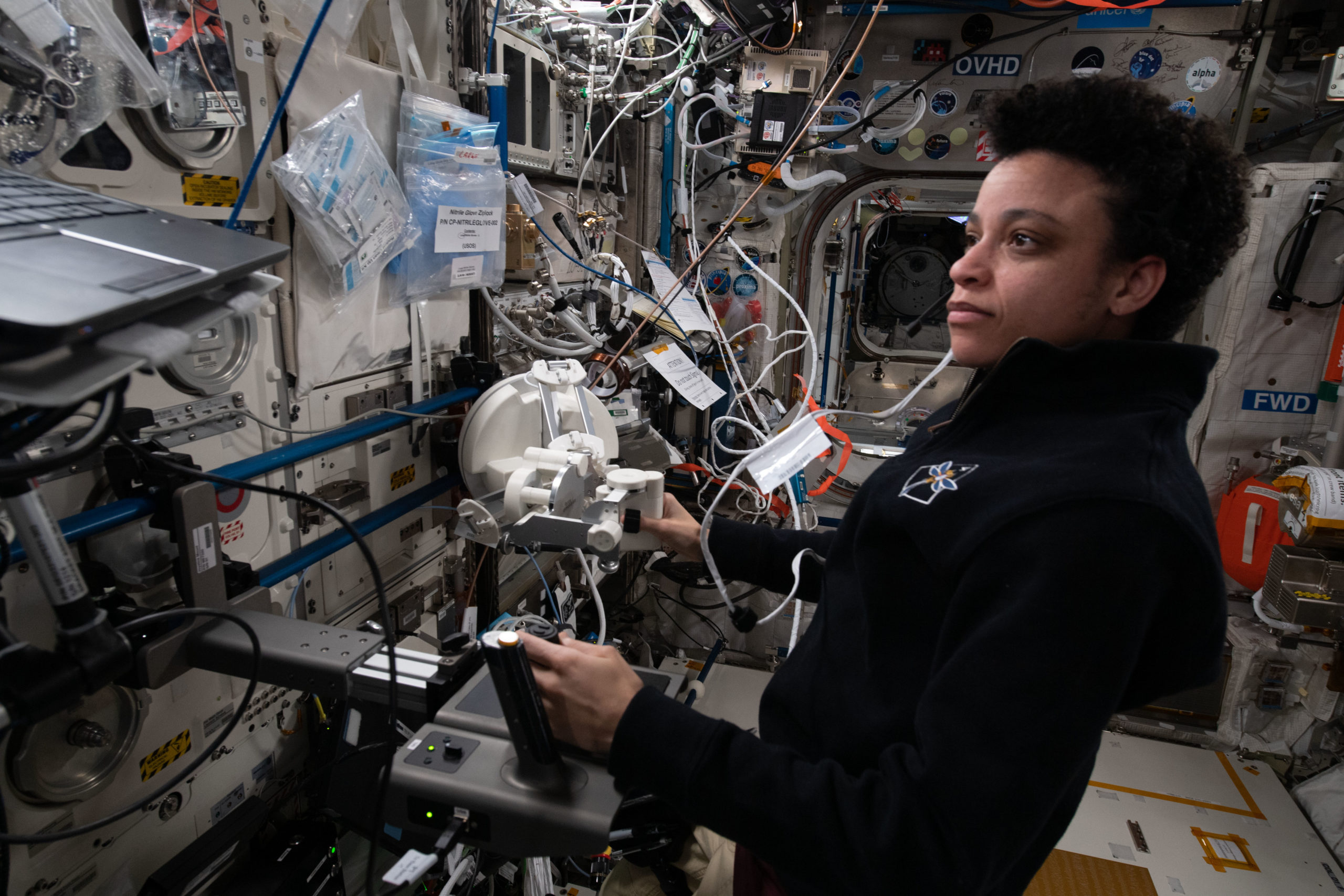
Thus began a busy summer of science, visiting vehicles and spacewalking. The first session of Extravehicular Activity (EVA)—by Artemyev and Matveev—took place only a matter of hours after Crew-4’s arrival, when on 28 April the two cosmonauts continued activating the 37-foot-long (11.2-meter) European Robotic Arm (ERA) and monitored its first combined movements.
Three more EVAs from the Russian Operational Segment (ROS) followed in July, August and early last month. These saw heavy emphasis placed upon the activation of ERA.
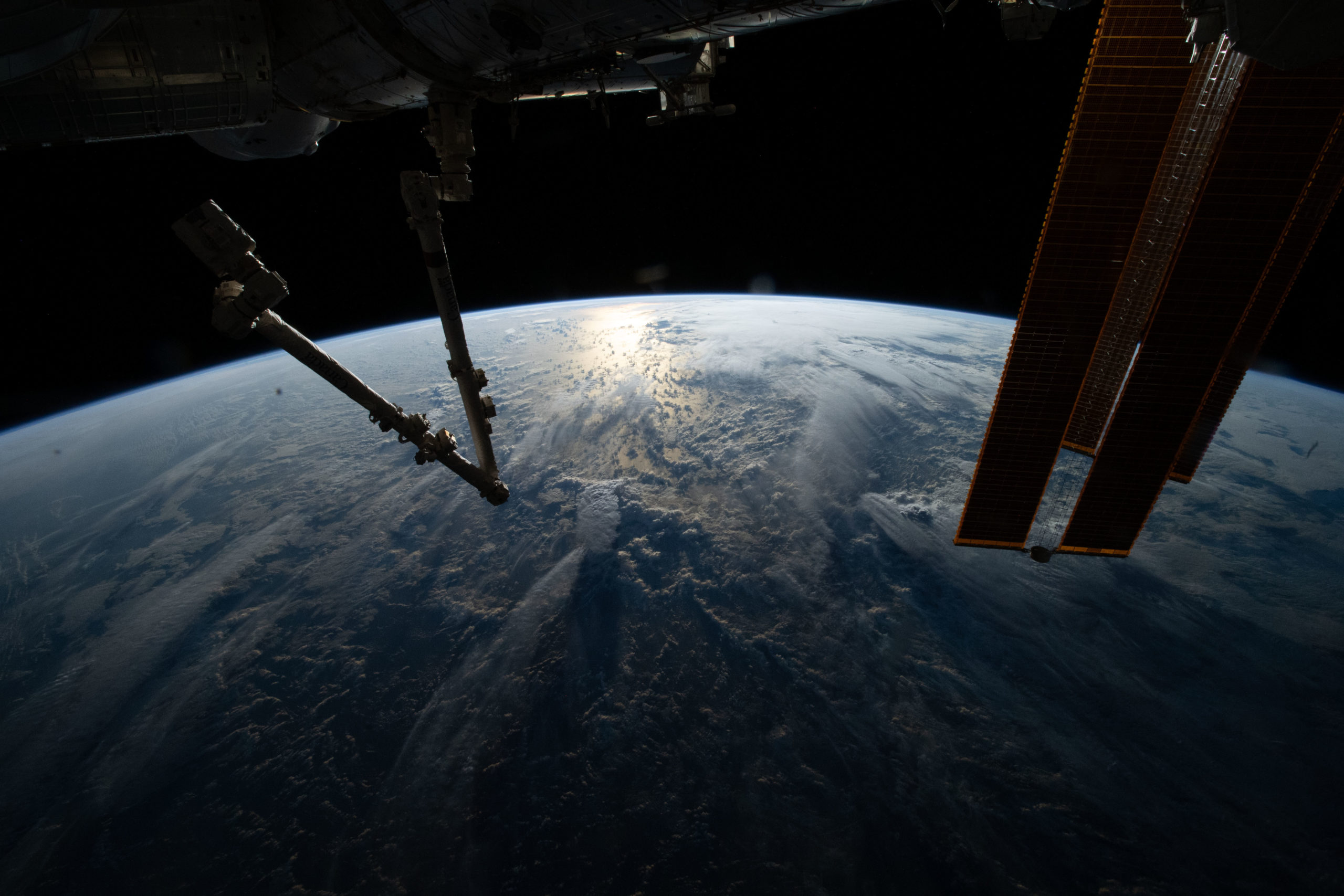
The arm’s external control panel was relocated, a protective window on its camera was replaced, new cameras were added and a rigidizing mechanism for grappling payloads was tested. All told, the four EVAs during Crew-4’s increment totaled 29 hours and 35 minutes and included Cristoforetti, who became Europe’s first female spacewalker.
But EVAs from the U.S. Operational Segment (USOS) during Crew-4’s stay proved disappointingly elusive. Original plans envisaged a pair of spacewalks in August to continue the installation of mounting kits for the Boeing-built ISS Roll-Out Solar Arrays (iROSA), but following an incident of water covering nearly half of German astronaut Matthias Maurer’s helmet face-plate following EVA-80 in March all scheduled U.S. spacewalks were placed on indefinite hold.
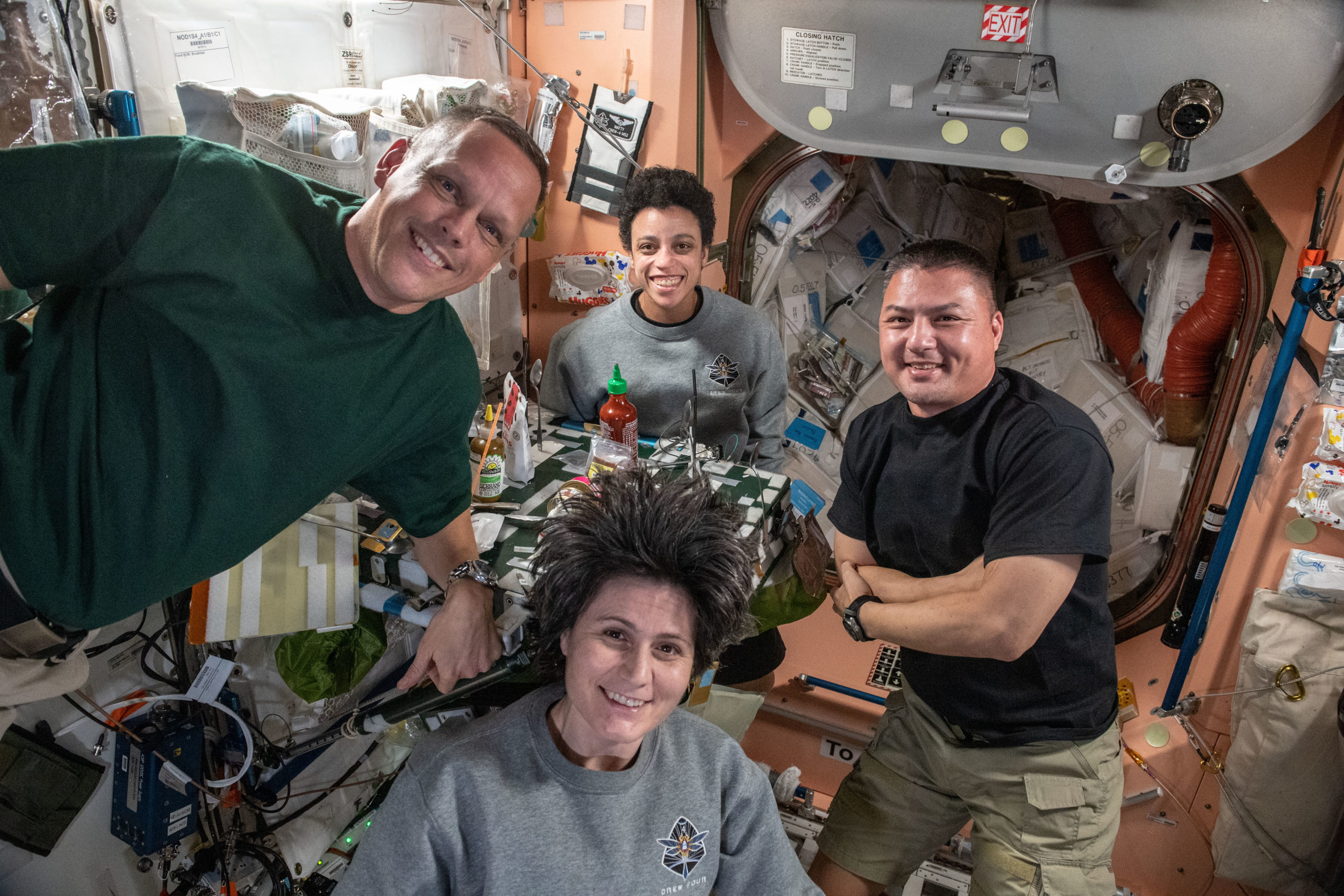
Maurer’s suit—Extravehicular Mobility Unit (EMU) No. 3015—returned to Earth in August aboard SpaceX’s CRS-25 Cargo Dragon for analysis, with investigation results expected to require around six weeks. NASA has not provided updates on the investigation, but scheduled U.S. EVAs may resume as early as this winter, with as many as four spacewalks tentatively targeted for late 2022 and early 2023.
Dovetailed into this busy EVA manifest, Crew-4 welcomed or bade farewell to no fewer than five uncrewed visiting vehicles. These included the arrival of CRS-25 in July—“Here there be dragons,” tweeted Lindgren as the Cargo Dragon docked—and the second Orbital Flight Test (OFT-2) of Boeing’s CST-100 Starliner in late May.
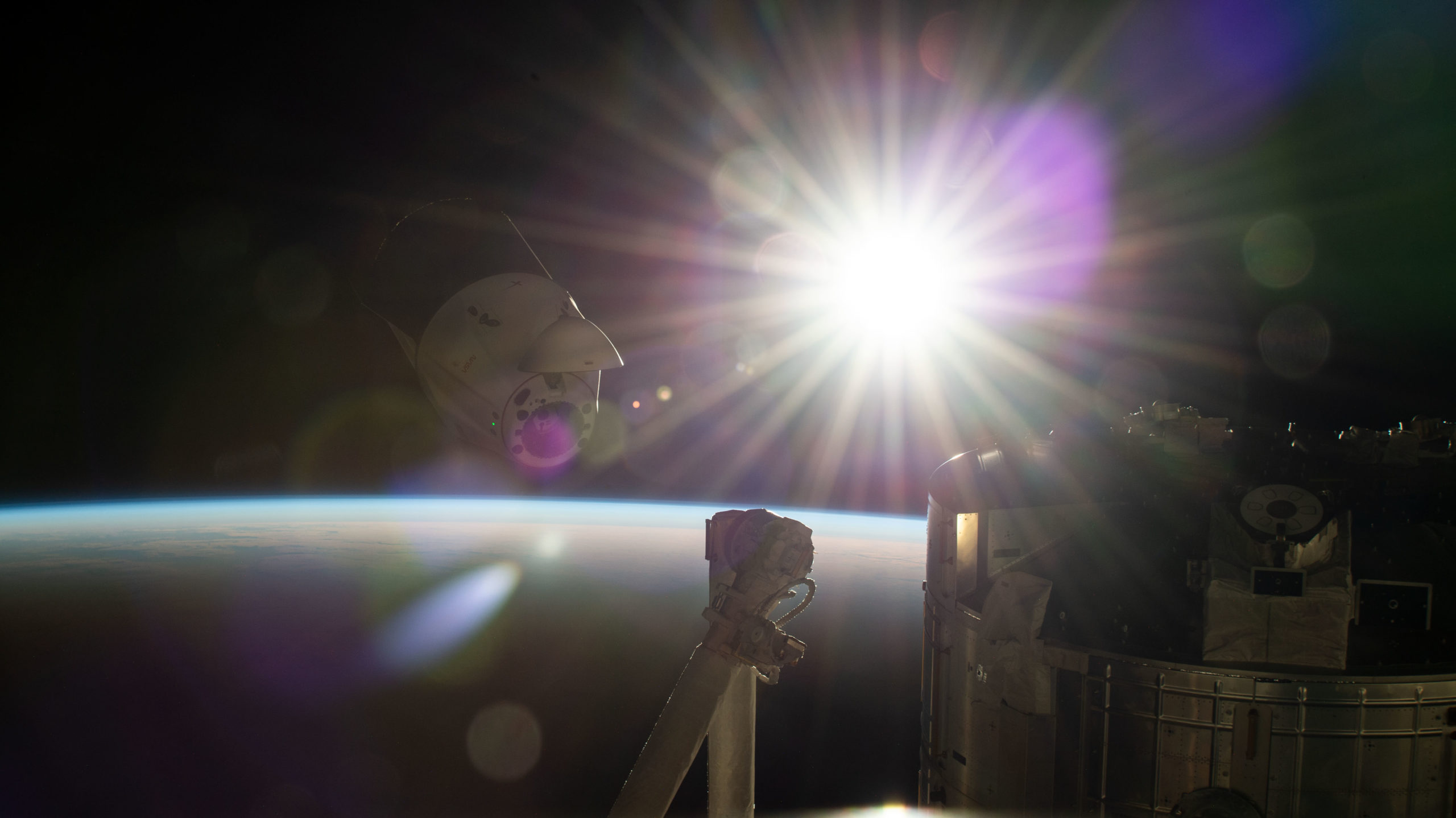
“Feels like Christmas in July up here,” tweeted Watkins after opening goodies brought uphill aboard CRS-25. Added to the visiting vehicle list, Expedition 67 saw the departure of Russia’s Progress MS-18 and Northrop Grumman Corp.’s NG-17 Cygnus, and the arrival of Progress MS-20, all in June.
Everyday life in space has been celebrated, too, by a crew whose close friendship was readily apparent to us all right from their pre-launch press conference, months ago. In May, Lindgren served a carefully crafted cake and makeshift “candle” for Watkins’ 34th birthday.
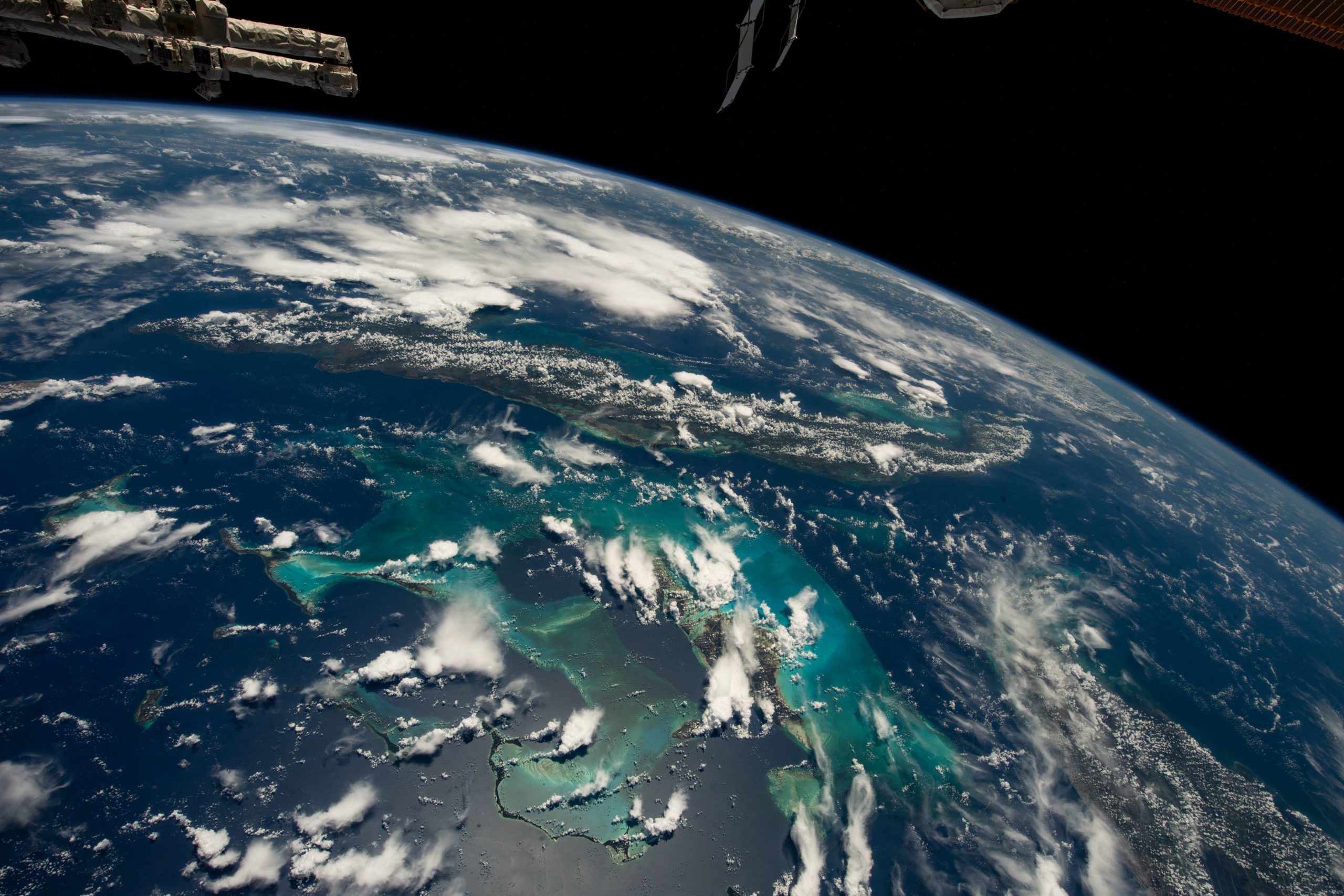
A geomagnetic storm in August left a clearly impressed Watkins and Hines scrambling for their cameras and heading for the station’s multi-windowed cupola. “Big thanks,” tweeted Watkins, “for the front row tickets to the light show.”
For his part, Hines found the vistas electrifying. “August’s auroras resulting from the mid-month geomagnetic storm/solar activity were just breathtaking,” he tweeted. “Words (and even photos) don’t do them justice, but I’m glad the time-lapses came out so well.”
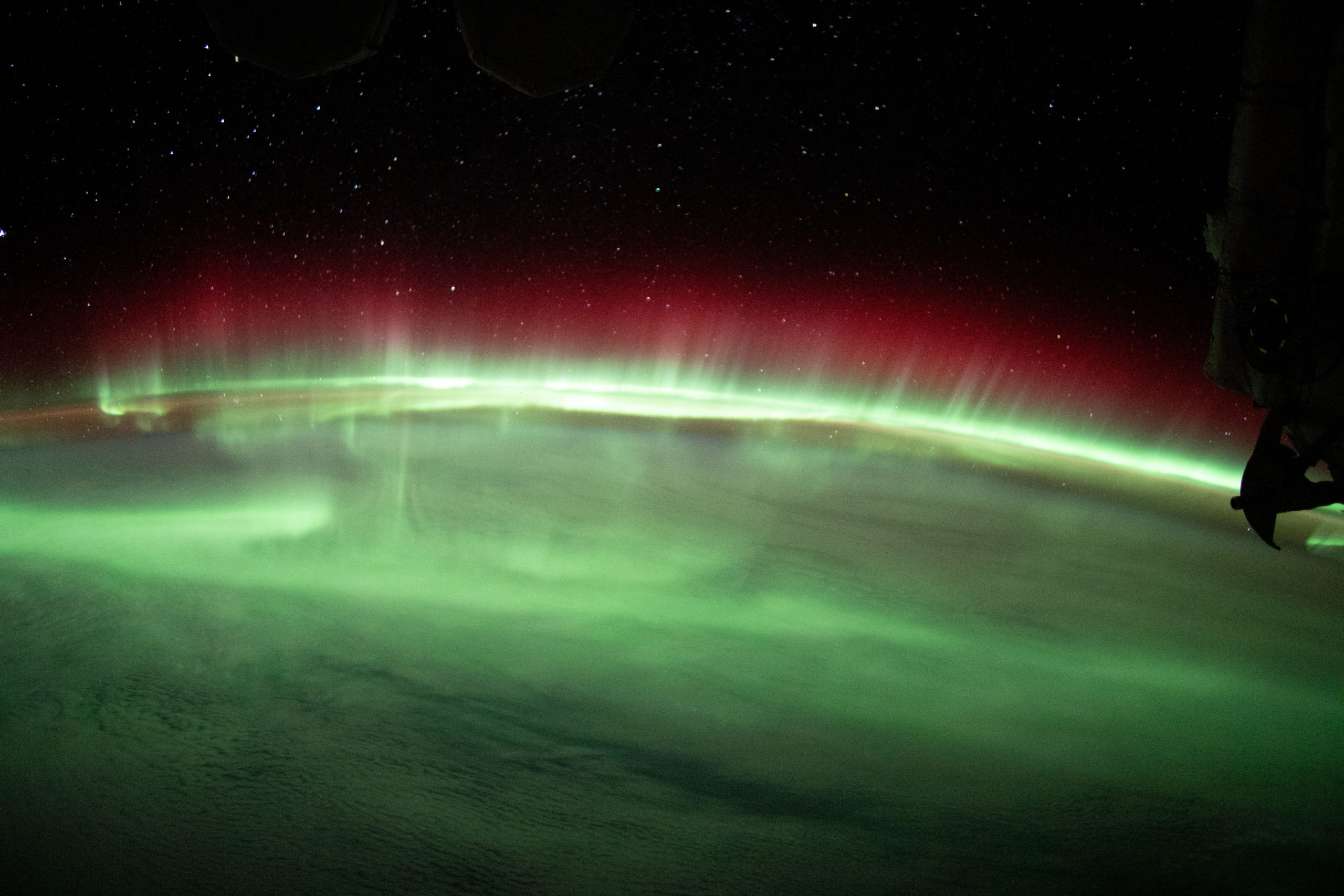
Just a couple of weeks ago, Hines shared views right through the eye of Hurricane Ian as it made its devastating landfall in Florida. And he expressed heartwarming regards for the United Kingdom last month, following the death of Queen Elizabeth II, tweeting a beautiful picture of an uncharacteristically cloud-free British Isles.
But there were more comically banal comments, too. One day in June, Watkins shared a few words of wisdom from Commander Artemyev following some much-needed repairs: “There’s no sweeter sound on the Space Station than the sound of a working toilet”.
During their six-month increment, Lindgren, Hines, Cristoforetti and Watkins supported more than 200 research investigation in disciplines which ran the gamut from life and physical sciences to advanced technologies and Earth observations. And the weightless environment certainly helped in the provision of an extra dimension of workspace.
“Just another day in the life on @Space_Station,” tweeted Watkins one morning early in August. “Doing microscopy on the ceiling.”
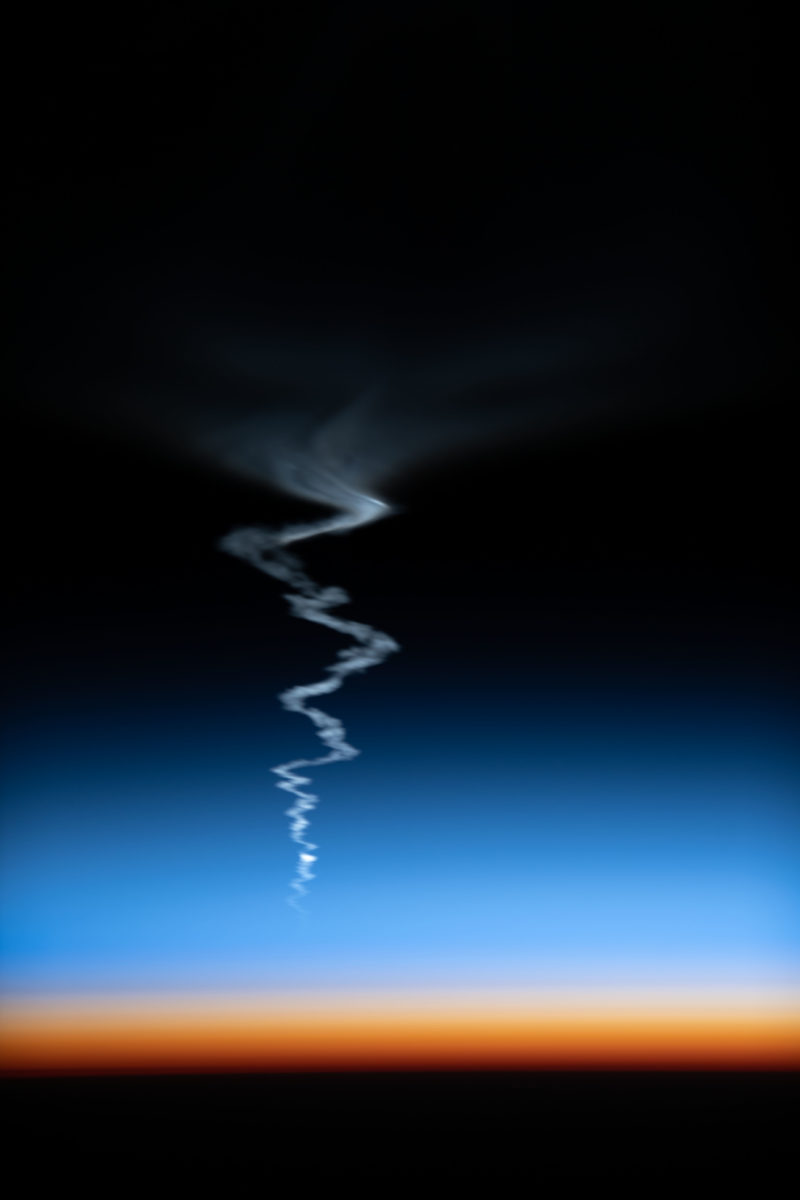
Last month, for the first time in over four months, they welcomed new crewmates in the form of Russian cosmonauts Sergei Prokopyev and Dmitri Petelin, together with NASA’s Frank Rubio, who launched from the Baikonur Cosmodrome in Kazakhstan on 21 September aboard Soyuz MS-22. The trio will remain aboard the station until late March.
“Ever wonder what a launch looks like from space?” Hines rhetorically asked, sharing a photograph he took of their rocket’s vapor trail as it climbed to orbit, bound for a three-hour and two-orbit rendezvous and docking. “It’s amazing.”
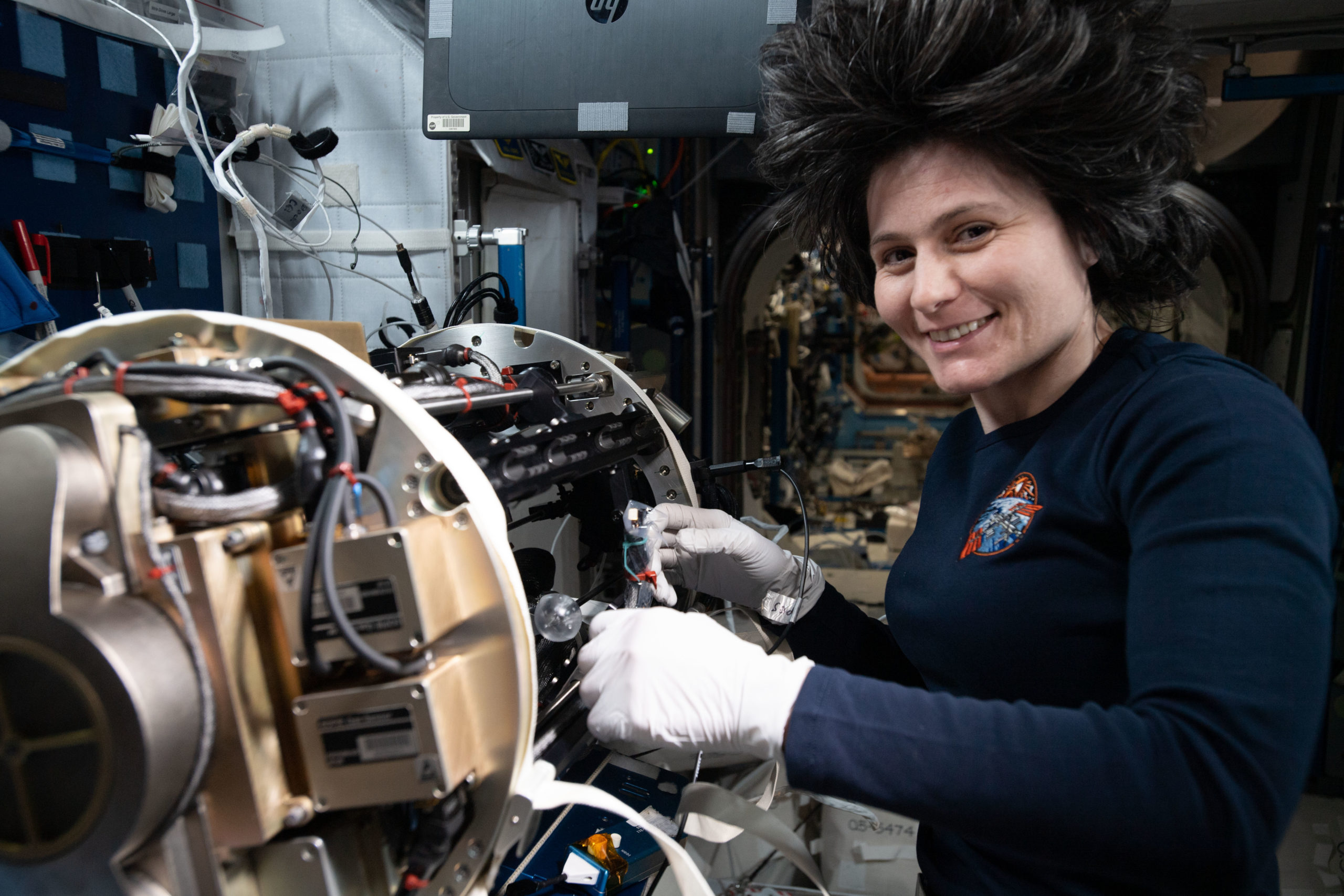
And at month’s end, as Artemyev, Matveev and Korsakov readied their trusty Soyuz MS-21 ship for departure, after six months on the ISS, command passed to Cristoforetti as Expedition 67 rolled into Expedition 68. Her stewardship of the station would be relatively brief—a mere two weeks—but would enter the history books as the first time a European woman has taken the helm of a space station.
On 5 October, Dragon Endurance roared aloft from historic Pad 39A at the Kennedy Space Center (KSC) in Florida, carrying Crew-5 astronauts Nicole Mann and Josh Cassada of NASA, together with Japan’s Koichi Wakata and Russian cosmonaut Anna Kikina. Twenty-nine hours later, Endurance—to which Crew-4 had bidden farewell only five months earlier with the departure of Crew-3—arrived safely and docked at the station, increasing Cristoforetti’s command detail temporarily to 11 humans.
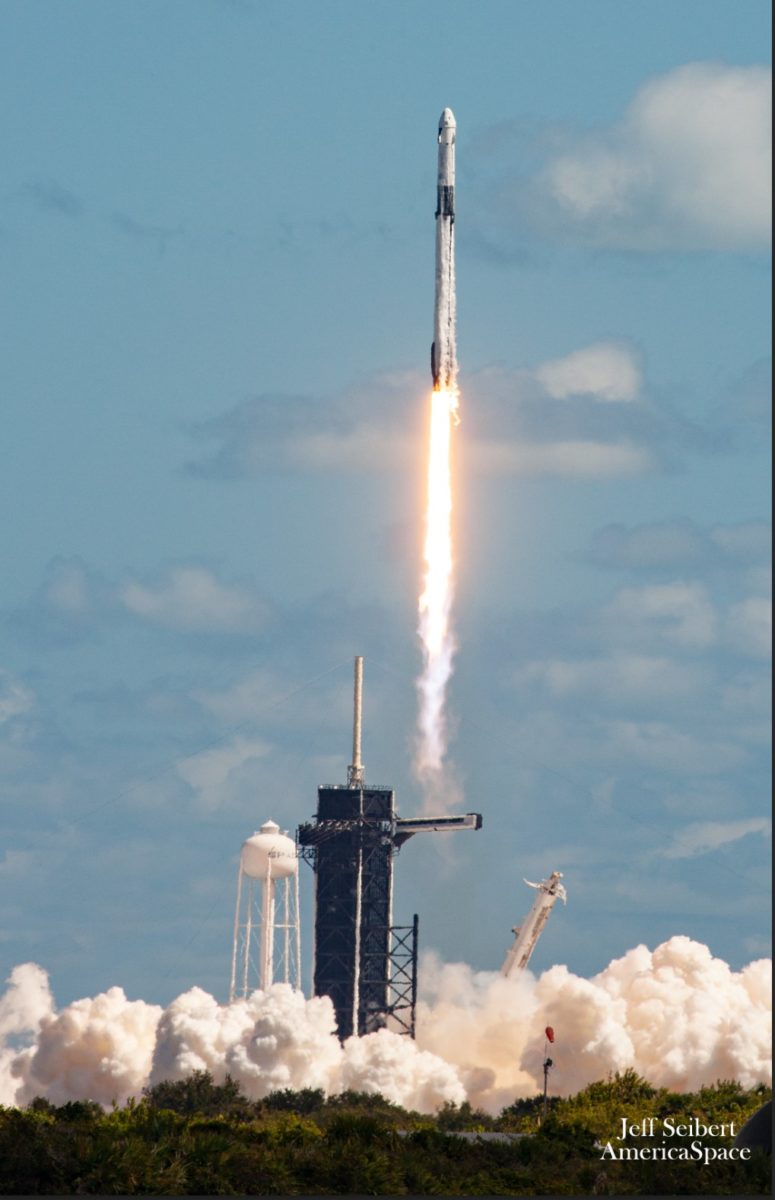
On Wednesday, as she handed over command of the next portion of Expedition 68 to Prokopyev, Cristoforetti reflected on the “fast and furious rotation” of crews in what had been a “short, but intense” period for her. Turning to the new arrivals, she was full of admiration at “how well you went from being new and someone helpless, for the first-time flyers”—a quip which drew uproarious laughter from Mann and Cassada—“to already looking like space ninjas in just a few days”.
Then, in a touching note to Lindgren, Hines and Watkins, her crewmates of the last half-year, Cristoforetti added: “I’ve learned from each and every one of you, every day.” With that, she handed the ceremonial ISS “key” to Prokopyev, noting that they had known each other for a decade and expressing her confidence in his command.
With today’s safe return of Crew-4, Dragon Freedom wrapped up her first voyage to space with 170 days of flight time. The ship’s name, bestowed upon it by Lindgren & Co., honors “a fundamental human right” and also pays tribute to the Freedom 7 capsule flown by America’s first space traveler, Al Shepard, in May 1961.
Wrapping up the second mission of her career, Cristoforetti has logged a cumulative 370 days in space, more than any other European woman and now stands second only to France’s Thomas Pesquet on the list of Europe’s most seasoned space travelers. And she sits in second place behind Peggy Whitson on the list of the world’s most experienced female astronauts.
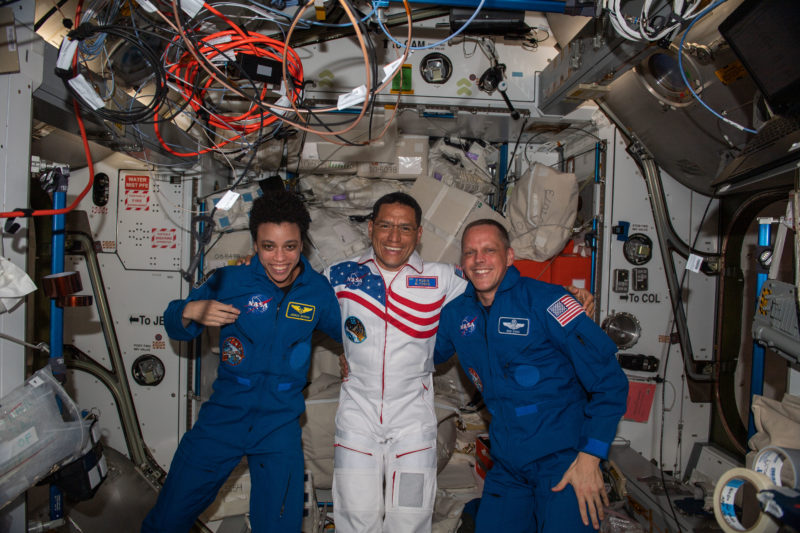
Lindgren also concludes his second space mission with a career total of more than 312 days in orbit, whilst Hines and Watkins—both members of NASA’s 2017 “Turtles” astronaut class—close out their first flights. And Watkins, notably, becomes the youngest American ever to board the ISS, celebrating her 34th birthday a couple of weeks after her arrival on the space station last spring.
A poignant moment a few weeks ago saw the newly arrived Rubio (a fellow Turtle) honored by Hines and Watkins with his gold astronaut pin. “Getting to welcome our classmate Frank Rubio to @Space_Station,” tweeted Watkins, “with his gold astronaut pin was a joy and an honor.”




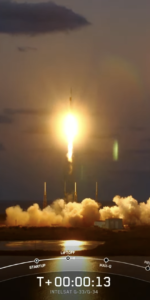
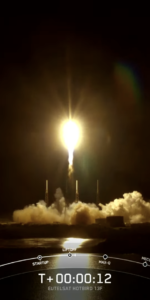
8 Comments
8 Pings & Trackbacks
Pingback:SpaceX Launches CRS-26 Cargo Dragon, Heads for Space Station - AmericaSpace
Pingback:SpaceX Launches CRS-26 Cargo Dragon, Heads for Space Station – Space News
Pingback:AxiomSpace’s Ax-2 Full Crew Announced, as Crew-6 Enters Pre-Launch Quarantine - AmericaSpace
Pingback:AxiomSpace’s Ax-2 Full Crew Announced, as Crew-6 Enters Pre-Launch Quarantine - Space News
Pingback:Crew-5 Splashes Down, Wraps Up Five-Month ISS Mission - AmericaSpace
Pingback:NASA, Boeing Target NET 21 July for Starliner Crew Flight Test (CFT) Launch - AmericaSpace
Pingback:Wiseman Commands Ambitious Artemis II, as Mission, Hardware Comes Together - AmericaSpace
Pingback:Whitson, Ax-2 Crew Look to 8 May Night Launch to Space Station - AmericaSpace